Sony A7CR vs A7R V: comparing two megapixel monsters
Does the Sony A7CR really match the power of the A7R V? Our Sony A7CR vs A7R V highlights the differences
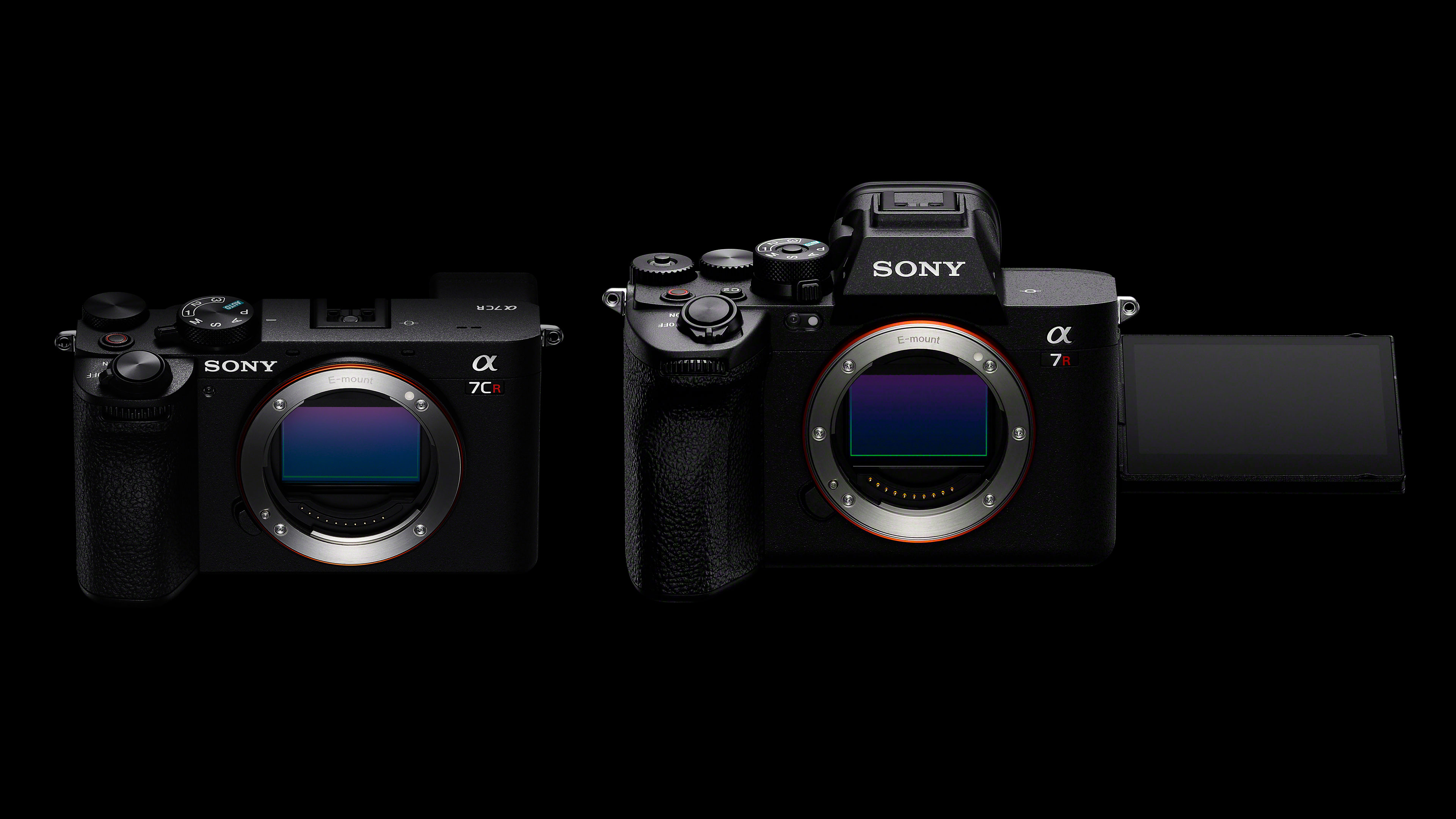
Sony A7CR and A7R V
(Image credit: Sony/Digital Camera World)Sony’s new A7C compact mirrorless cameras have certainly got everyone talking, especially the Sony A7CR. This seems to take the sensor and even the AI processor right out of the mighty Sony A7R V and cram them into a smaller, cheaper body.
Where the Sony A7CR is like a ‘rangefinder’ version of the Sony A7R V, the Sony A7C II, released at the same time, is like a compact version of the A7 IV. Both new cameras have their advantages, and you can check them out in our in-depth Sony A7C II vs A7CR comparison.
But do either of these cameras count among the best Sony cameras right now? The Sony A7CR is one of the highest resolution cameras you can buy, for sure, while the Sony A7C II could perhaps be considered one of the best hybrid cameras, or maybe one of the best cameras for travel on account of its size.
It’s the Sony A7CR we want to check here, and how it compares to the Sony A7R V. It seems to take all of the key features from the A7R V and put them in a smaller, cheaper camera, but surely it can’t be that simple?
It’s not, and our Sony A7CR vs A7R V comparison digs down into some key physical differences that make the new A7CR different, but not necessarily better.
Sony A7CR vs A7R V in 2025
Why you can trust Digital Camera World
1. Sensor
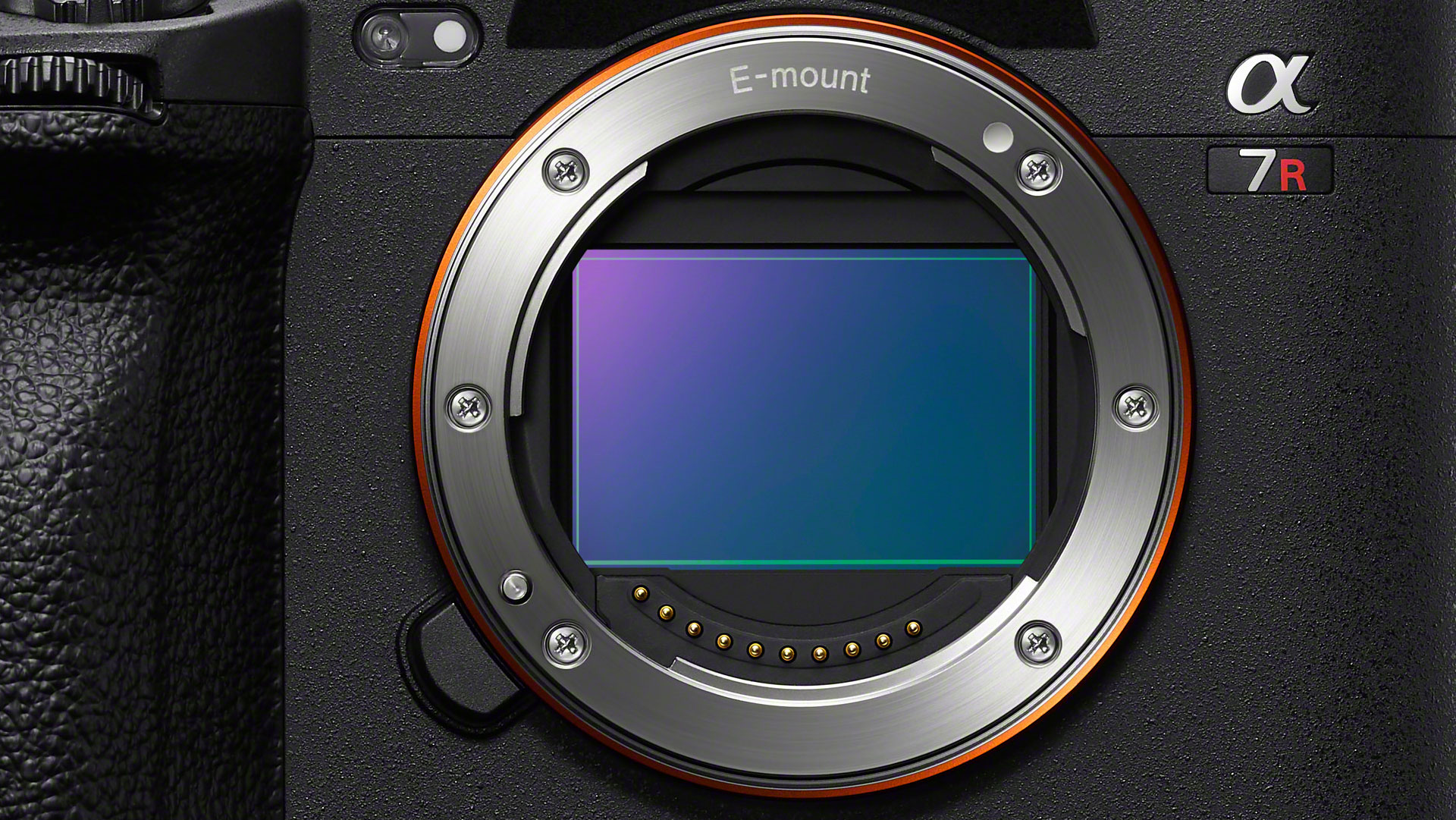
• Sony A7CR: 61MP full frame Exmor R CMOS, BIONZ XR, Pixel Shift 240MP, ISO 100-32000, exp 50-102400
• Sony A7R V: 61MP full frame Exmor R CMOS, BIONZ XR, Pixel Shift 240MP, ISO 100-32000, exp 50-102400
The Sony A7CR can be seen as a more compact ‘rangefinder’ version of the A7R V, as it shares many of the same technologies – notably the sensor. Indeed, the sensor specifications for these cameras appear identical. Both use Sony’s 61-megapixel full frame Exmor R CMOS sensor coupled with a BIONZ XR processor. They both offer a 240-megapixel Pixel Shift mode and the same 100-32000 ISO range. There’s no reason to imagine you’re sacrificing anything at all in image quality by choosing the Sony A7CR over the A7R V.
2. Autofocus
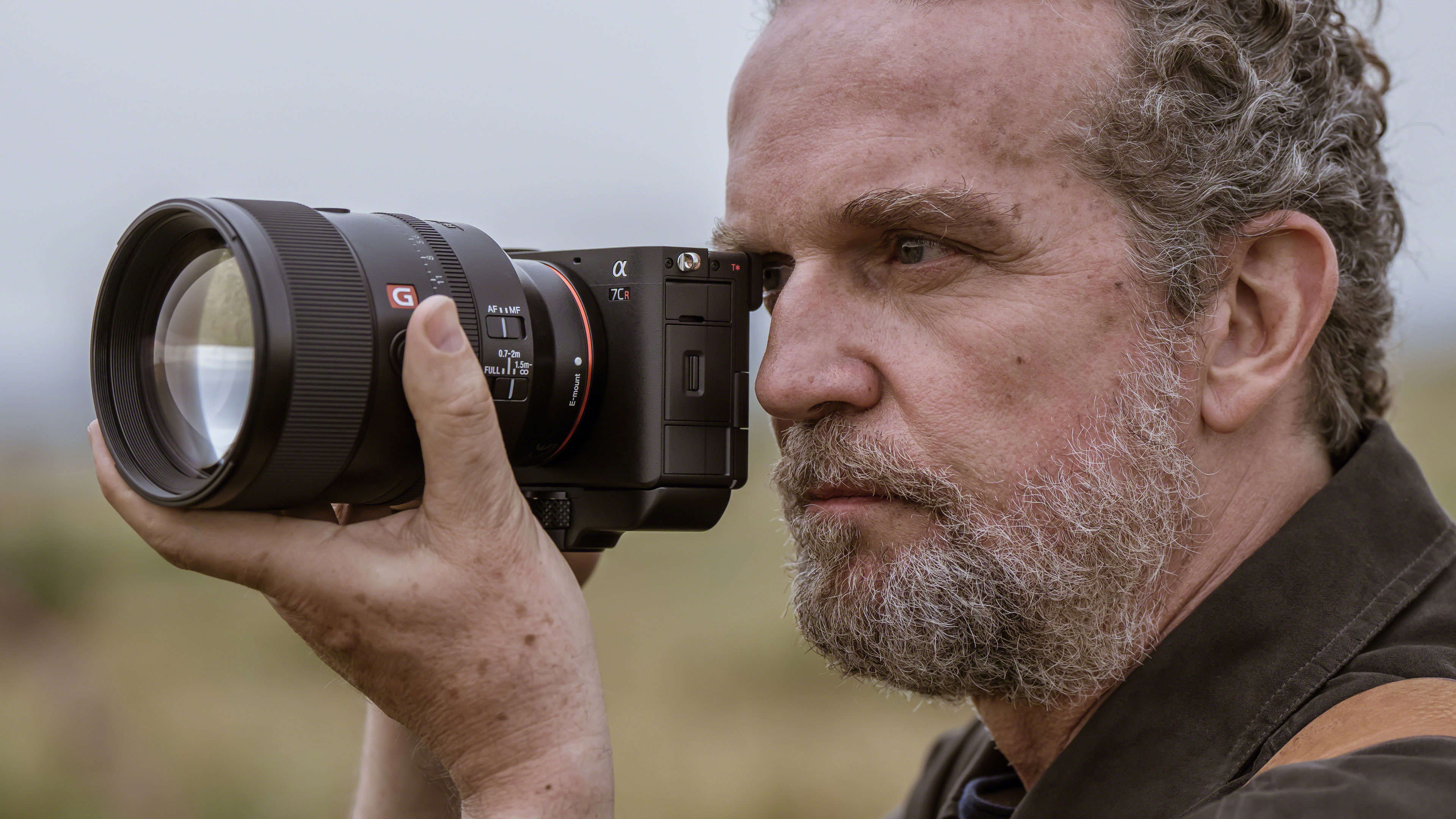
• Sony A7CR: 693 phase detect AF points, 79% coverage, AI processing unit, human pose estimation, humans, animals, birds, insects, cars, trains and airplanes, Breathing Compensation
• Sony A7R V: 693 phase detect AF points, 79% coverage, AI processing unit, human pose estimation, humans, animals, birds, insects, cars, trains and airplanes, Breathing Compensation
The Sony A7CR might be smaller, but it still packs in the dedicated AI processor first seen in the Sony A7R V, which powers these cameras’ AI-based autofocus systems. Again, there’s no difference in the specifications, as both offer 693-point AF systems with 79% coverage and can recognise the same list of subject types.
3. Stabilization
• Sony A7CR: 5-axis IBIS, 7 stops, Active Mode (slight crop) with gyro data
• Sony A7R V: 5-axis IBIS, 8 stops, Active Mode (slight crop) with gyro data
This is where differences start to appear. Both cameras have 5-axis in-body stabilization systems, but where the Sony A7CR’s is rated at up to 7 stops of compensation, the A7R V is rated at 8 stops. You get the same Active digital stabilization modes on both cameras for video, however, and both can record gyro data for digital stabilization on Sony’s own Catalyst editing software.
4. Video
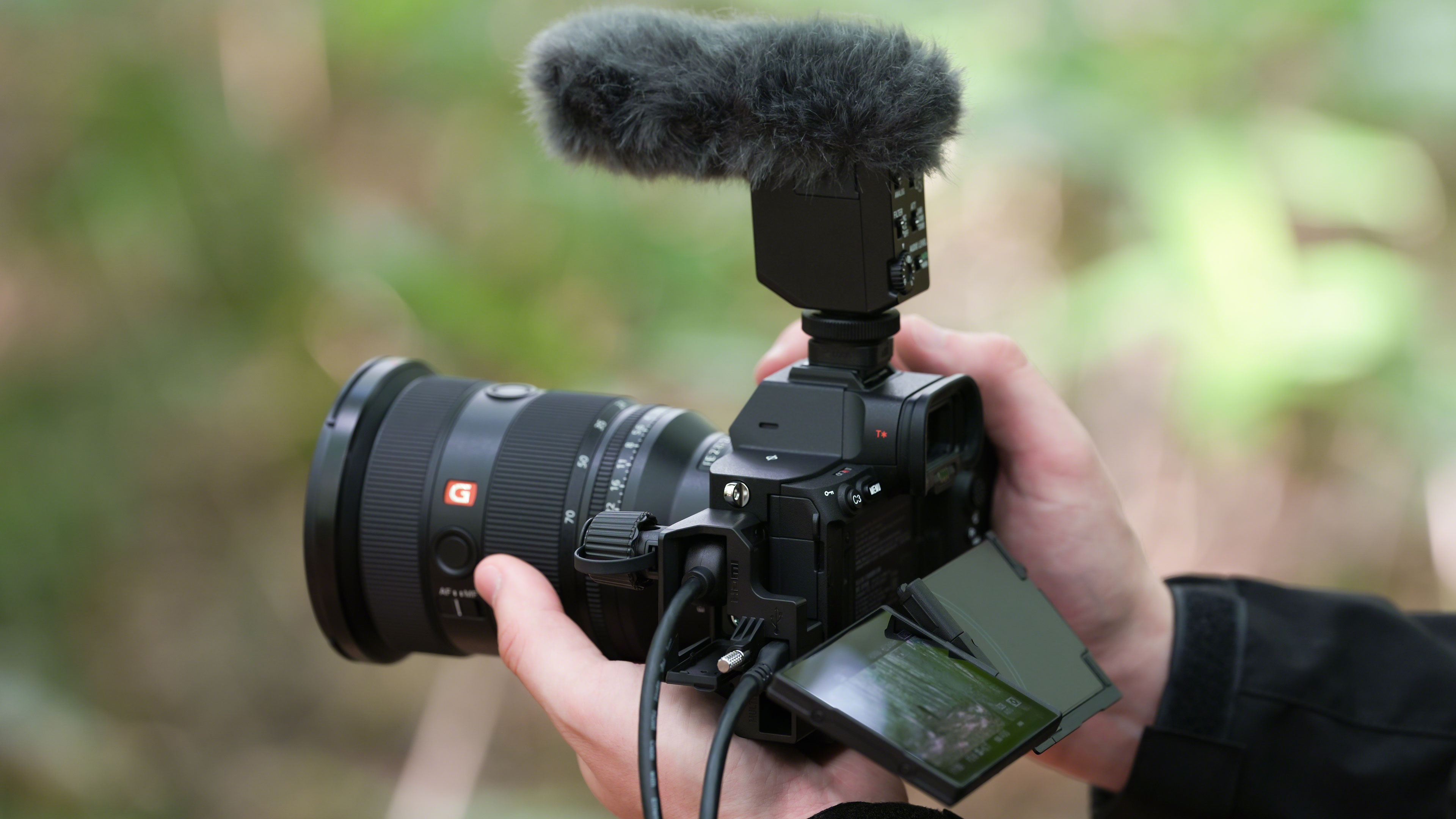
• Sony A7CR: 4K 60p with 1.2x crop, 4K UHD full width 30p or with 6.2k oversampling in Super35 mode, FHD 120p, 4:2:2 10-bit, Long GOP or All-I, S-Cinetone, S-Log3, custom LUTs, AI-based Auto Framing (with crop)
• Sony A7R V: 8K 25p, 4K 60p with 1.2x crop, 4K UHD 30p full width or with 6.2k oversampling in Super35 mode, FHD 120p, 10-bit 4:2:2, Long-GOP or All-I, S-Cinetone, S-Log3
The key difference between the Sony A7CR and A7R V for video is the A7R V’s 8K capture capability. Otherwise, most of the key specifications and features are the same. The high sensor resolution means neither is ideally suited to video, and both cameras will offer their best 4K quality in Super35 (APS-C) mode, where video is oversampled from 6.2k data. The A7R V does have a specially-designed passive heat dissipation system which may reduce overheating and extend recording times. The Sony A7CR may not offer 8K video, but it does support custom user LUTs and AI-based Auto Framing.
5. Continuous shooting
• Sony A7CR: 8fps, 7fps silent shooting, 1000+ JPEGs, 36 raw
• Sony A7R V: 10fps, 1,000+ JPEGs, 583 compressed raw
The Sony A7R V’s ability to shoot at 10 frames per second is very impressive in a camera designed for maximum resolution. Even more impressive is its buffer depth, at over 1,000 JPEGs or up to 583 compressed raw files.
The Sony A7CR does not seem so very far behind with 8fps shooting and a 1000+ JPEG buffer depth, but its capacity for shooting raw files in bursts is far lower at just 36 frames. Given that the sensor and processor are the same, this is likely due to the CFexpress Type A format supported by the A7R V – the A7CR is restricted to SD UHS II card speeds.
6. Displays
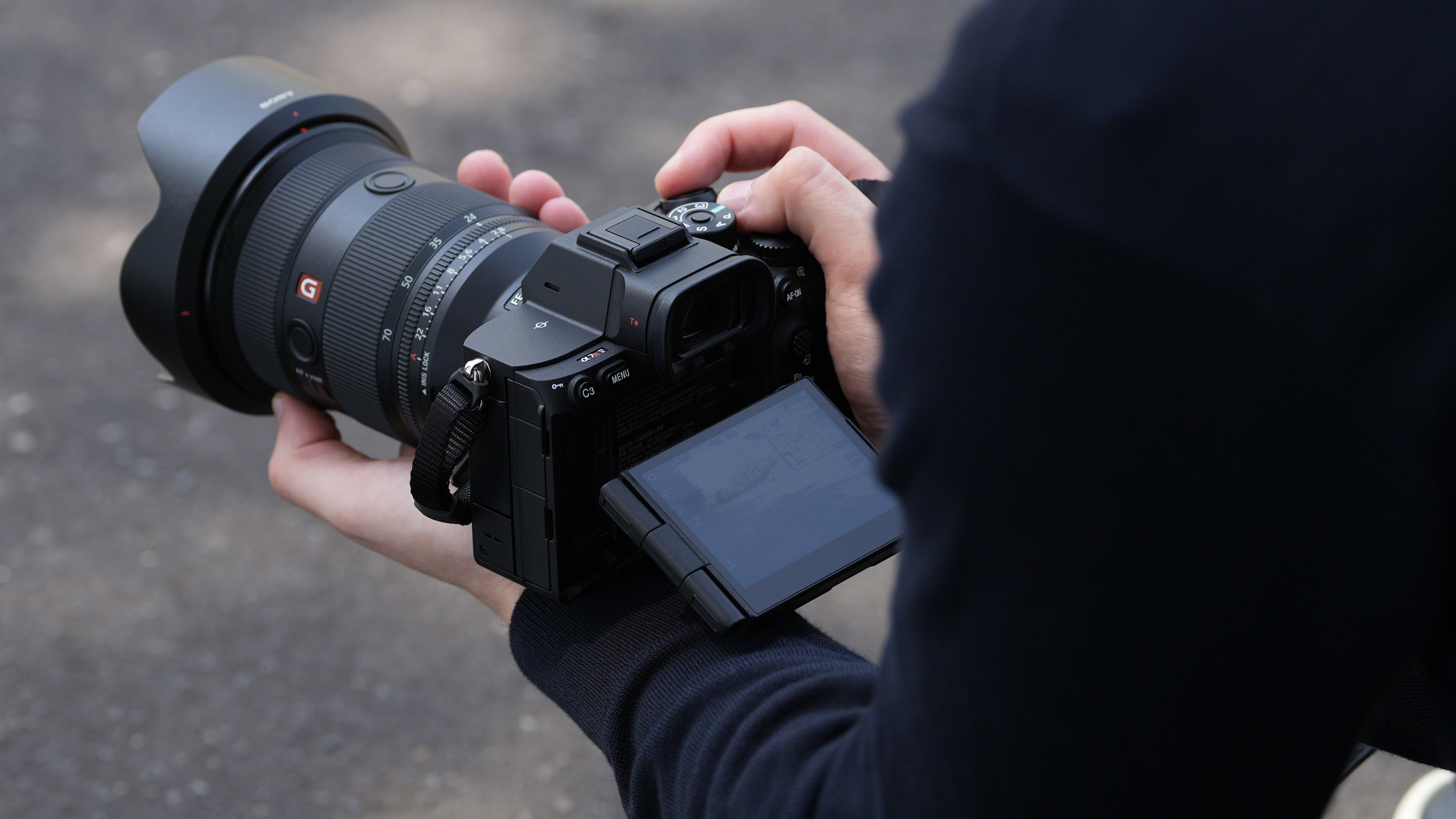
• Sony A7CR: 2.36m dot OLED EVF, 0.7x magnification, 3-inch vari-angle, 1.037m dots
• Sony A7R V: 9.44m dot OLED EVF, 0.9x magnification, 3.2-inch 4-axis multi-angle, 2.1m dots
There may be relatively few technical differences between these two cameras, but there are some major physical differences. The first is in the electronic viewfinders, where the A7CR features a relatively weak 2.36-million dot OLED EVF with 0.7x magnification. That’s pretty disappointing in a camera at this price point.
The Sony A7R V, however, has a state of the art 9.44m-dot OLED EVF with 0.9x magnification, which gives a vastly improved viewfinder image. The rear screen is also substantially better than the smaller camera’s, being slightly larger at 3.2 inches and with double the resolution. It also has an interesting four-way pivot that allows a regular on-axis tilt movement as well as a flip-out vari-angle design.
7. Storage
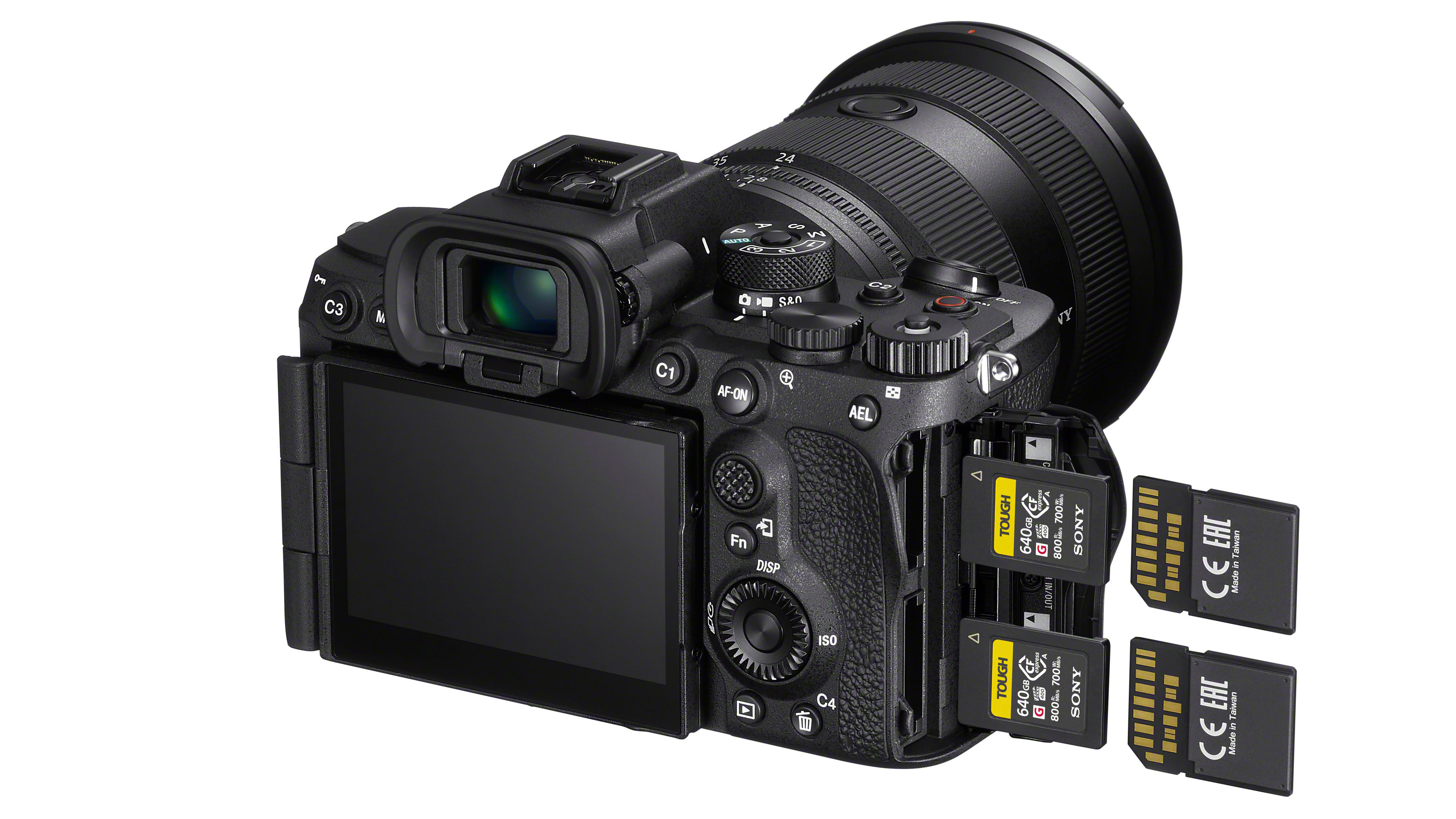
• Sony A7CR: 1x SD UHS II
• Sony A7R V: 2x SD UHS II/CFexpress Type A
Fans of dual card slots will not like the Sony A7CR. The compact body design leaves space for just one card slot, and this takes regular SD UHS II cards and not the faster CFexpress format.
The Sony A7R V, by contrast, has dual card slots, and each of these can take either SD cards or CFexpress Type A. These are much faster than SD cards and help explain the A7R V’s faster burst speeds, better buffer depth and 8K video capability. CFexpress Type A cards are more expensive to buy but do open up new capabilities.
8. Connectivity
• Sony A7CR: USB Type-C, HDMI micro, MI interface, mic, headphone, Wi-fi, Bluetooth
• Sony A7R V: USB Type-C, HDMI Type A, MI interface, mic, headphone, Wi-fi, Bluetooth
The principal difference here is that the Sony A7CR features a smaller HDMI micro interface while the A7R V has a full size Type A HDMI port. If you do intend rigging either camera up with an external recorder or monitor, a full-size port does give a more secure connection.
Both cameras feature Sony’s bespoke MI digital hotshoe interface which can be used for attaching its range of digital microphones such as the new Sony ECM-W3 and ECM-S1 units.
9. Battery
• Sony A7CR: NP-FZ100, 490 shots (EVF), 530 shots (LCD)
• Sony A7R V: NP-FZ100. 440 shots (EFV), 530 shots (LCD)
Sony seems to have standardized on the reliable and long-lasting NP-FZ100 battery across its mirrorless range, and while the Sony A7CR does offer slightly better battery life on paper, it’s unlikely you’ll notice much difference in practice. It’s a decent battery life by mirrorless camera standards, but you’ll probably still want to carry spares.
10. Size
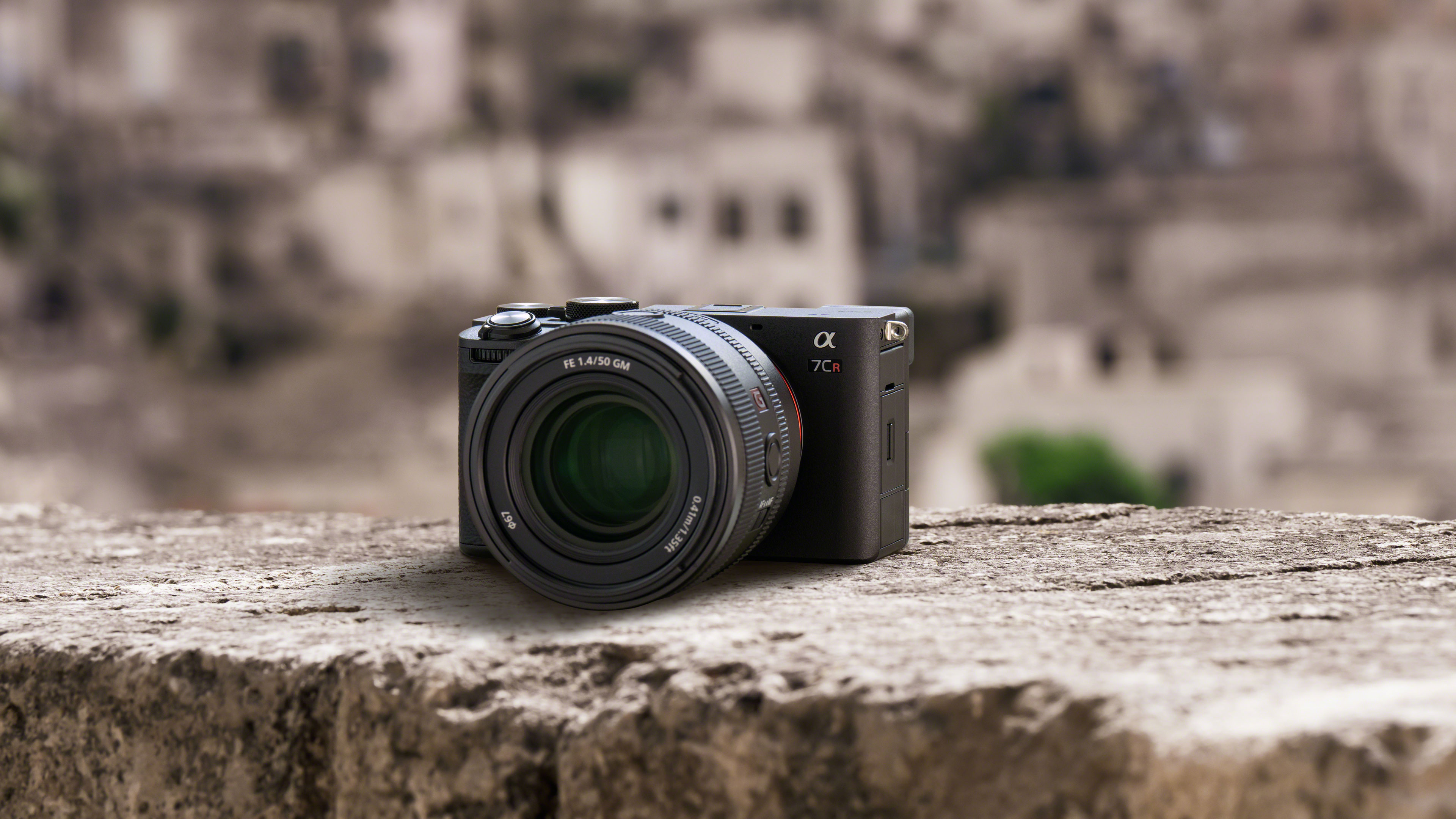
• Sony A7CR: 124.0 x 71.1 x 63.4mm, 430g
• Sony A7R V: 131.3 x 96.9 x 82.4mm, 723g
The Sony A7R V is certainly the larger and heavier camera here, being wider, taller and thicker and almost 300g heavier. However, that doesn’t tell the whole story, because once you start using larger Sony lenses on these cameras, the relative difference in weight diminishes and, in fact, the chunkier handling of the A7R V can make it better to use.
The Sony A7CR is certainly smaller and more compact, but it depends on smaller and lighter Sony lenses, like the 28-60mm kit zoom or Sony’s smaller primes, to maintain that advantage.
Sony A7RC vs A7R V: conclusions

• Sony A7CR: $2998 / £3199
• Sony A7R V: $3898 / £3699
At first glance, the Sony A7CR seems to offer all the technologies, features and advantages of the A7R V but in a much smaller and much cheaper camera. There are many physical differences, however, that favor the A7R V.
First, while the A7CR is small, this does compromise its handling and controls, especially with larger lenses. Second, the A7R V has a much better EVF and a better rear screen too. Third, the dual SD/CFexpress Type A card slots in the A7R V make it much more attractive for burst shooting, video use and any situation where you want the security of constant backups.
The Sony A7CR does offer huge resolution in a compact camera body at a lower price, and would be well suited to travel or documentary photographers who want the best possible quality while traveling light. But the A7R V has handling, controls and features more likely to tempt professional photographers.
Get the Digital Camera World Newsletter
The best camera deals, reviews, product advice, and unmissable photography news, direct to your inbox!

Rod is an independent photography journalist and editor, and a long-standing Digital Camera World contributor, having previously worked as DCW's Group Reviews editor. Before that he has been technique editor on N-Photo, Head of Testing for the photography division and Camera Channel editor on TechRadar, as well as contributing to many other publications. He has been writing about photography technique, photo editing and digital cameras since they first appeared, and before that began his career writing about film photography. He has used and reviewed practically every interchangeable lens camera launched in the past 20 years, from entry-level DSLRs to medium format cameras, together with lenses, tripods, gimbals, light meters, camera bags and more. Rod has his own camera gear blog at fotovolo.com but also writes about photo-editing applications and techniques at lifeafterphotoshop.com
